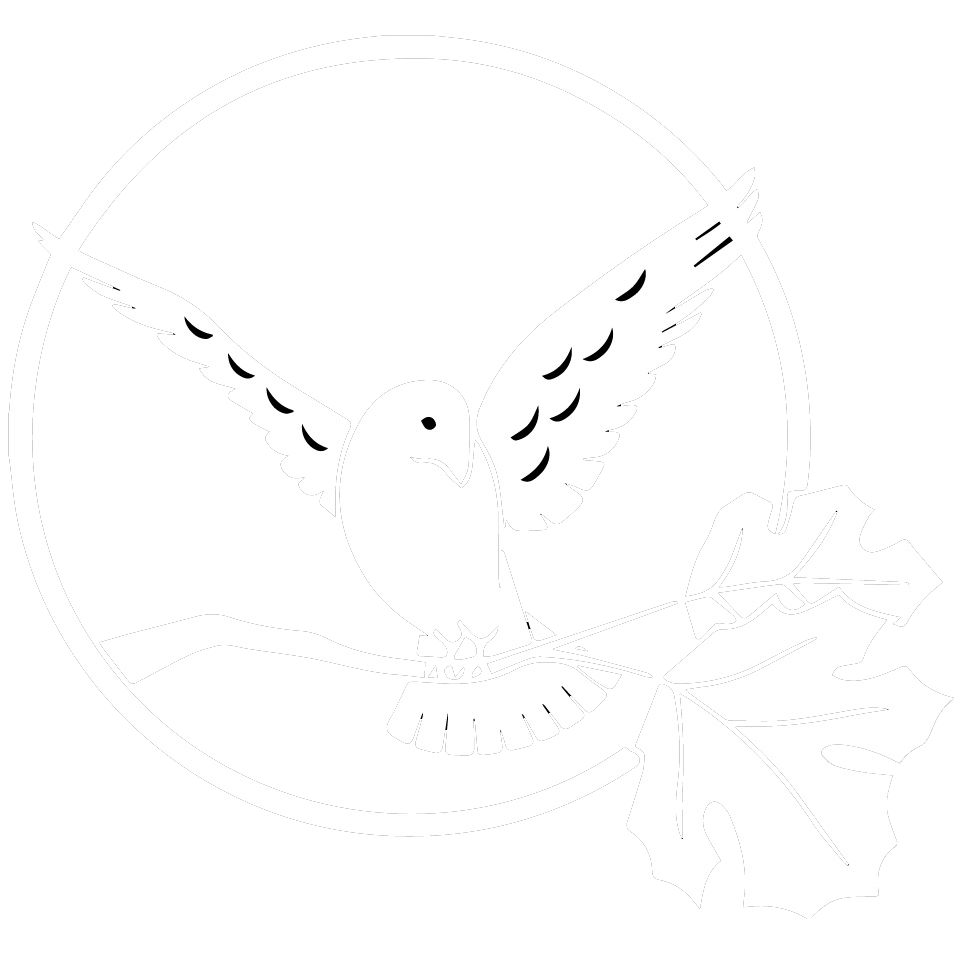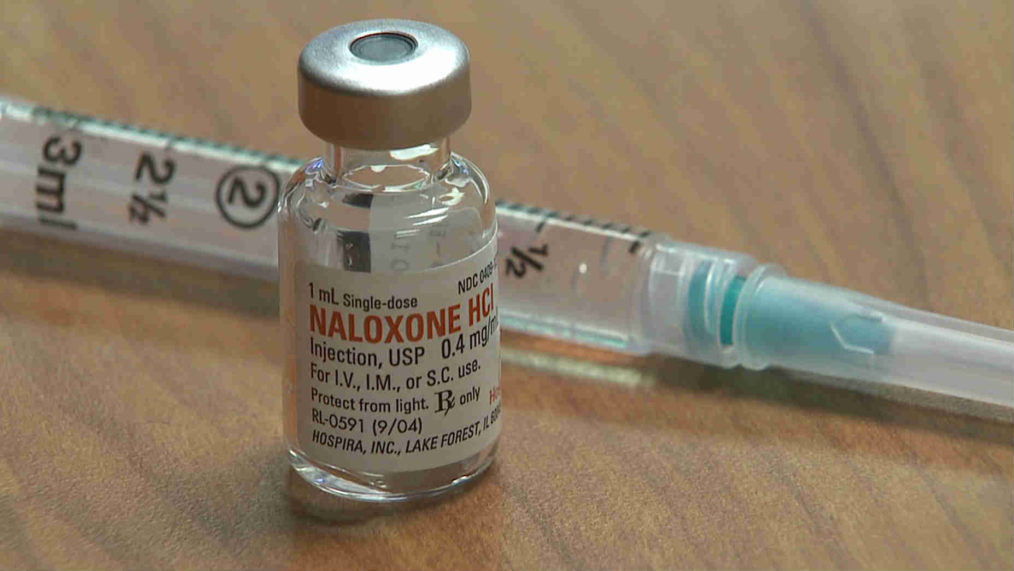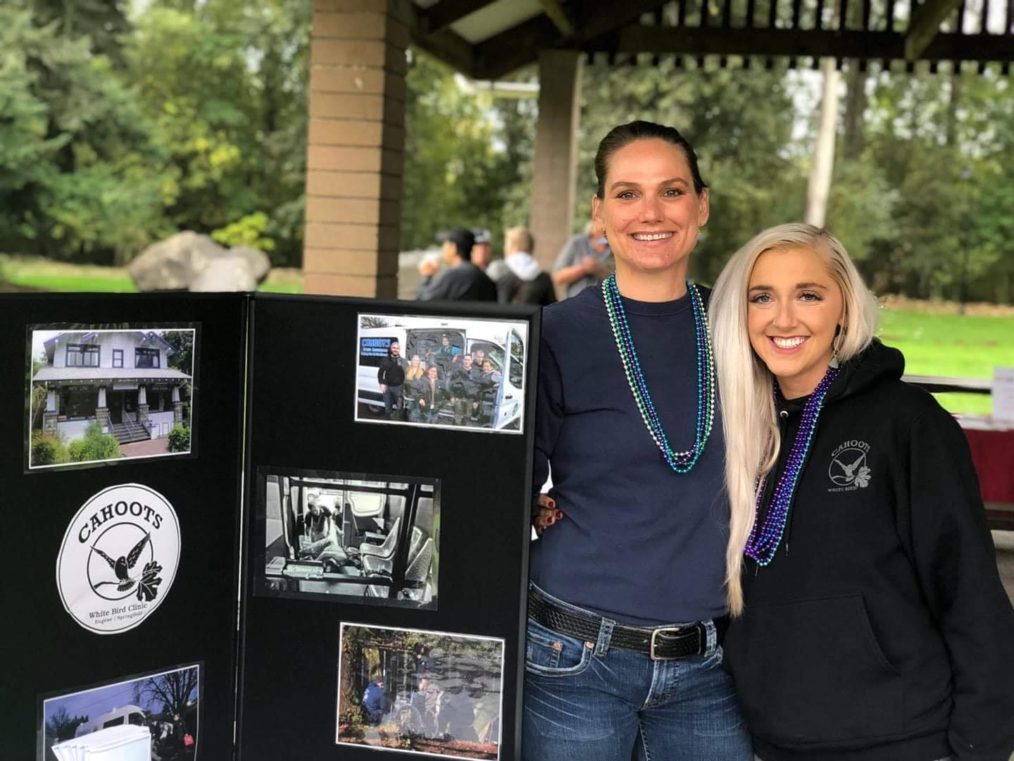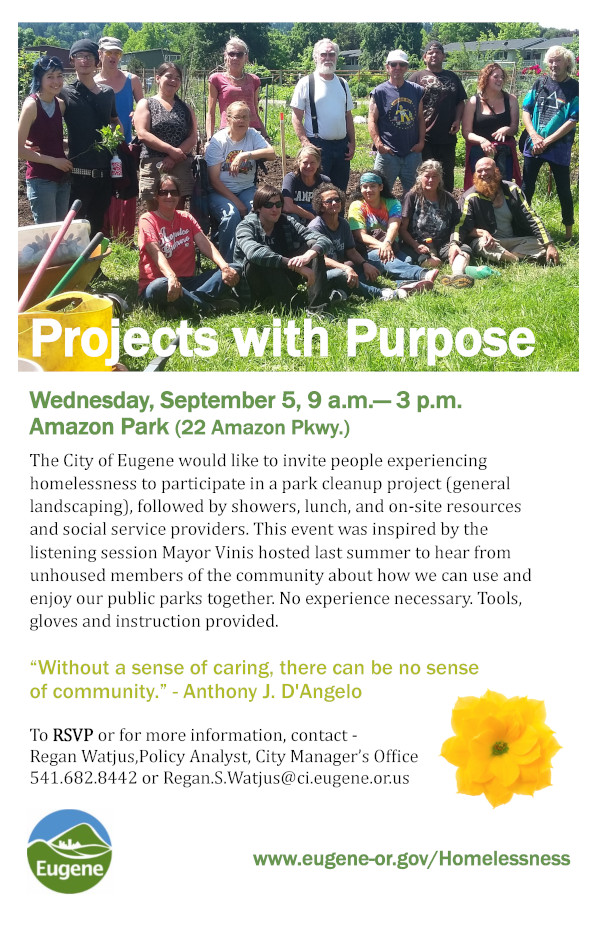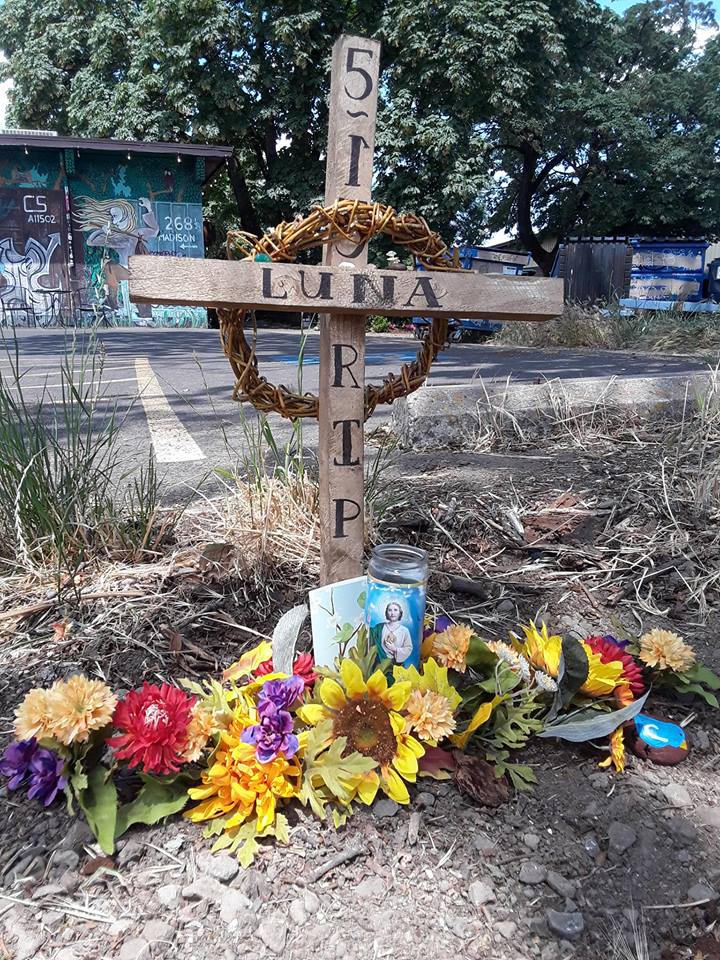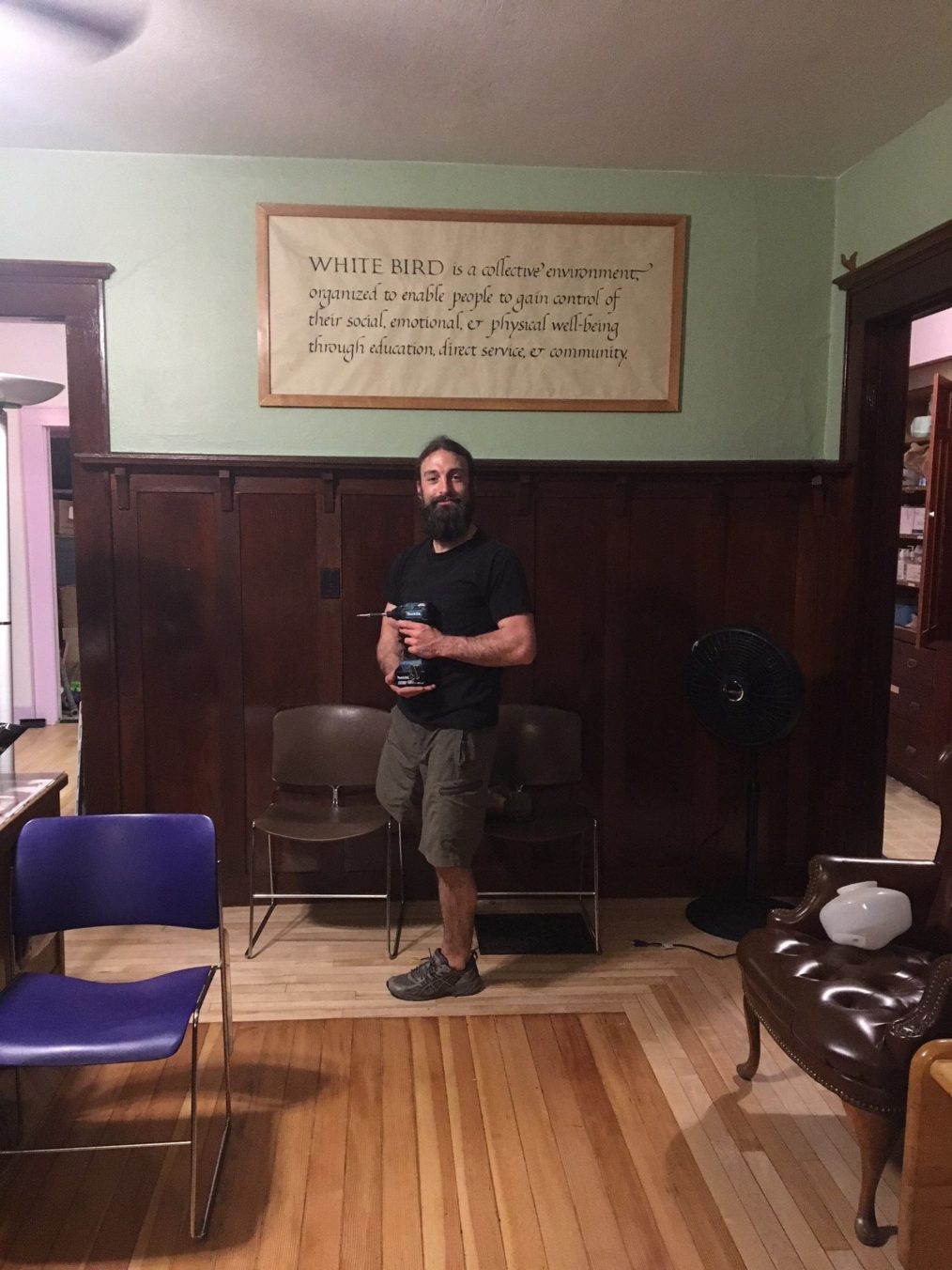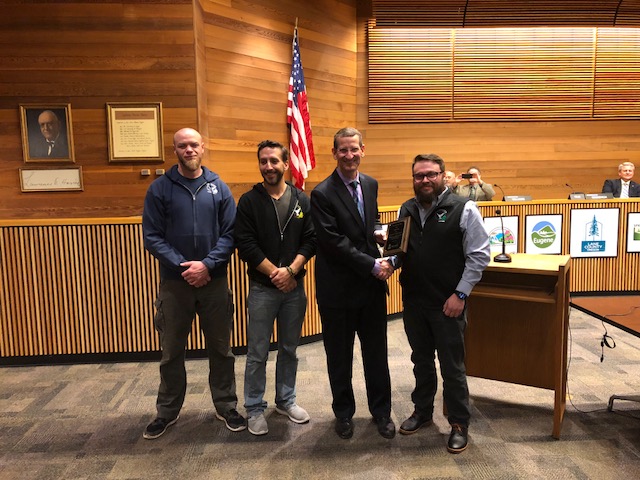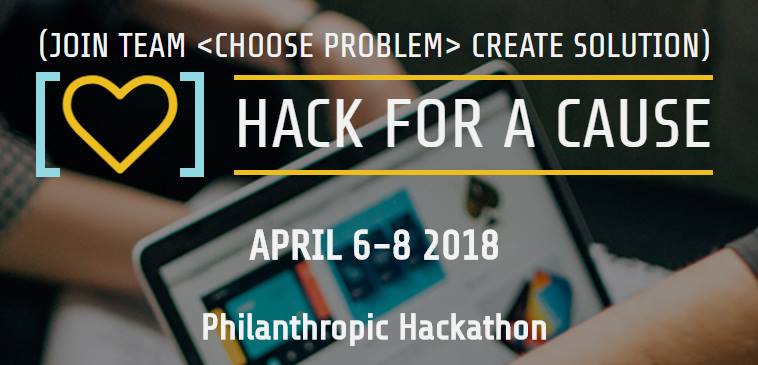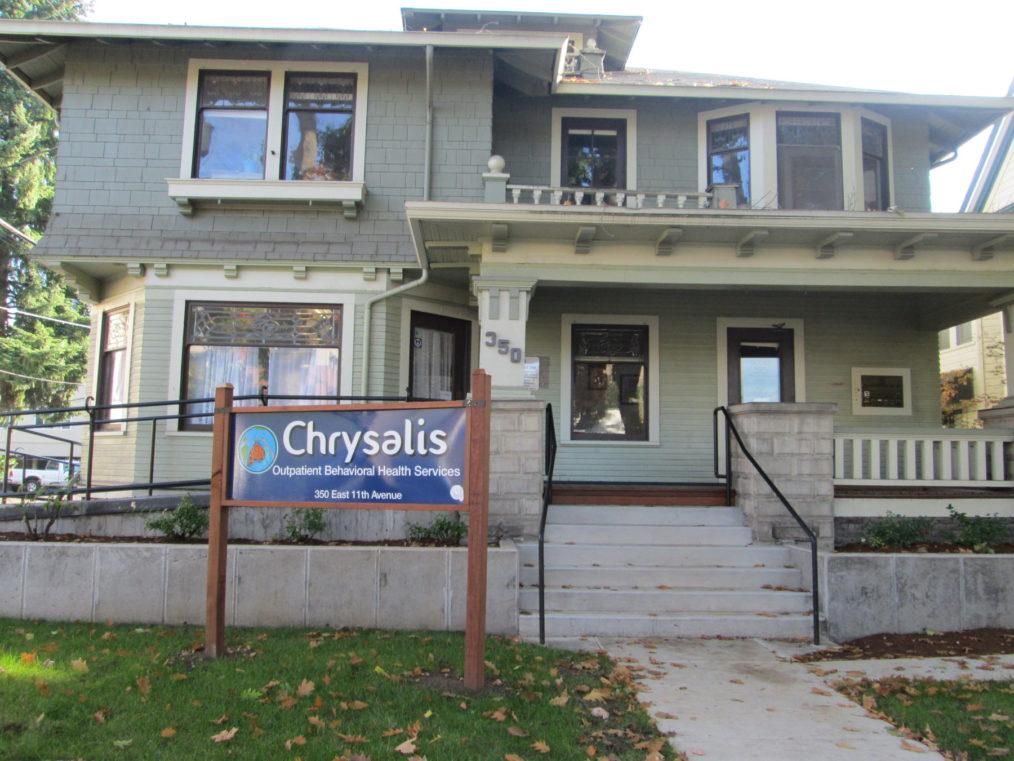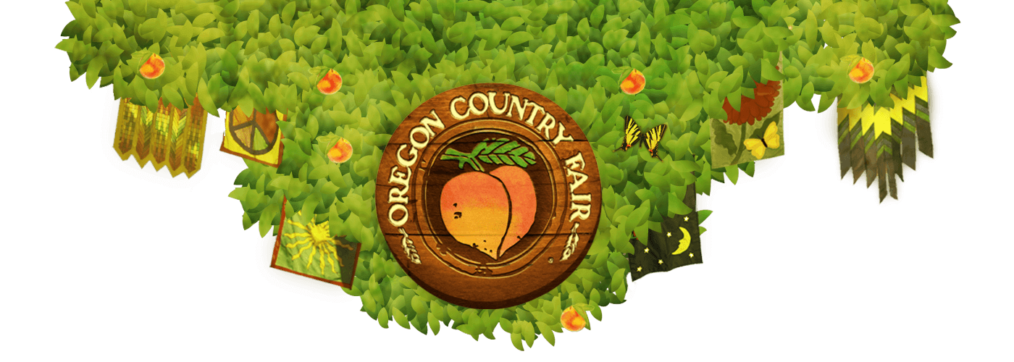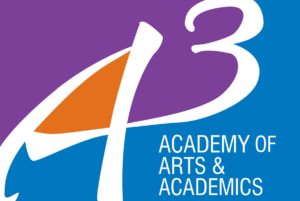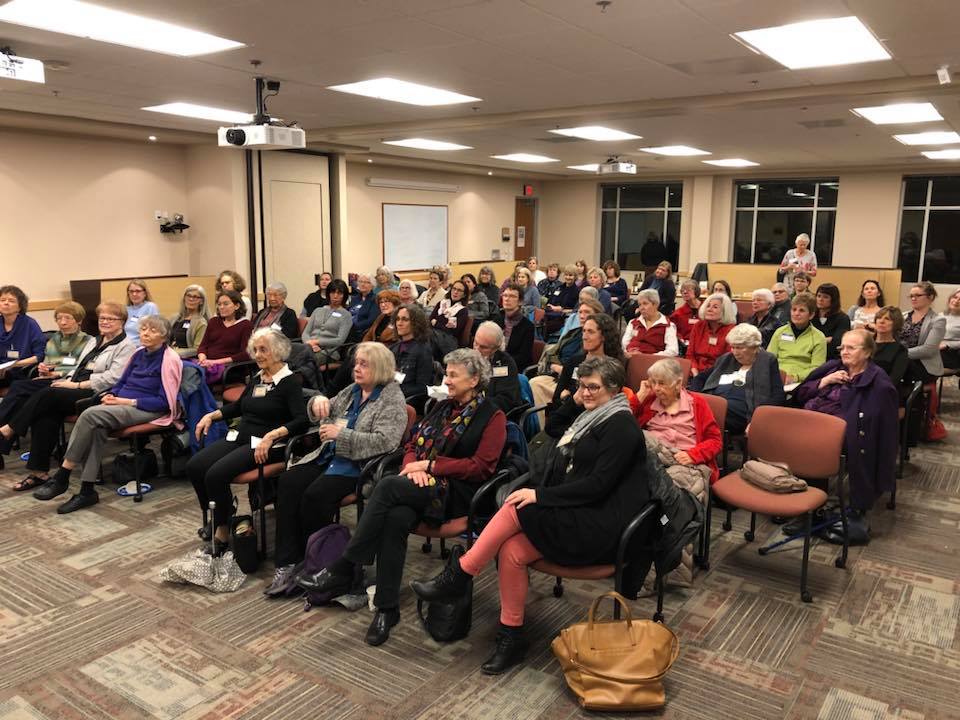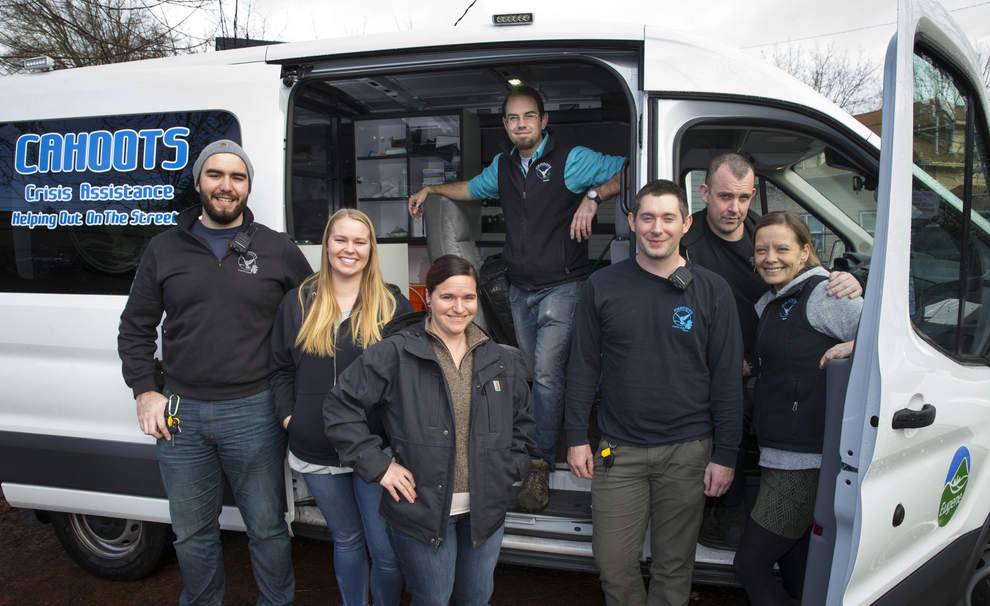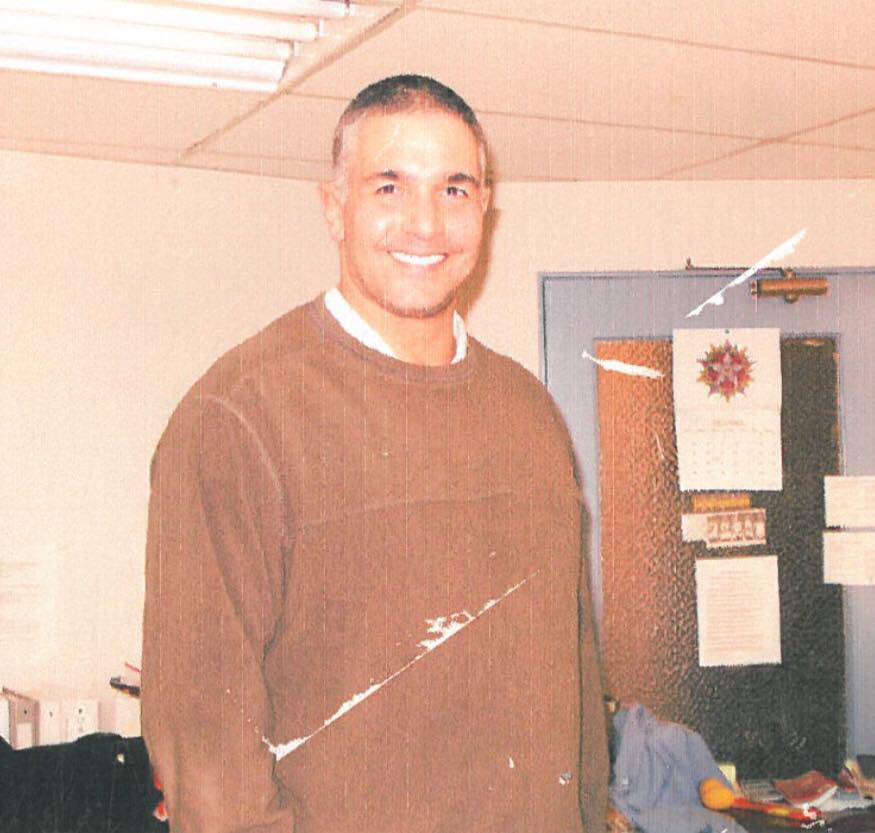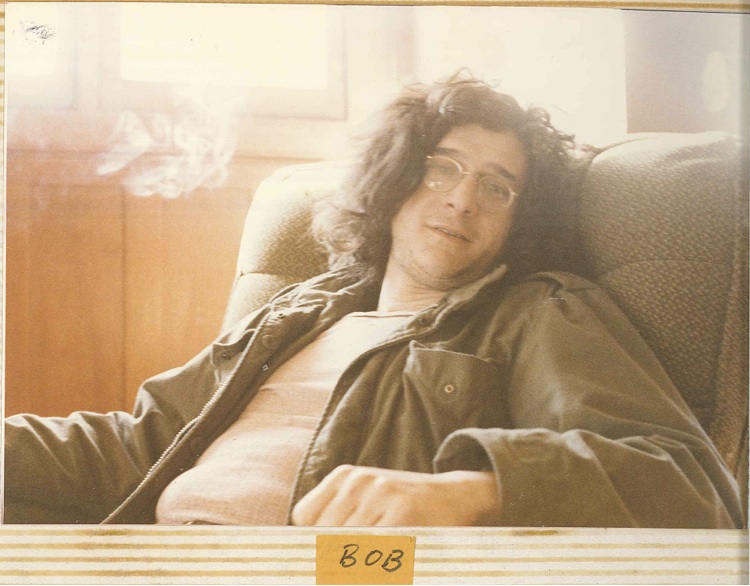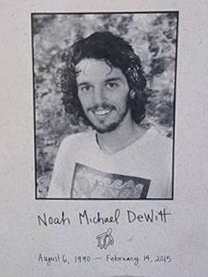This past weekend represented an unusually high number of heroin and other opiate overdoses in the Eugene/Springfield area, but these overdoses have been in keeping with recently observed trends. There have been two distinct patterns of heroin and other opiate related overdoses occurring with increased frequency: poly-substance OD’s and fentanyl contaminated OD’s:
- Poly-substance overdoses present a unique frustration to first-responders because they generally combine opiates, alcohol, and other substances often including benzodiazopenes or other prescription pharmaceuticals, which requires field stabilization and hospital treatment.
- Fentanyl contamination has been detected in various street drugs and counterfeit prescription medications in the Pacific Northwest, and has been particularly common locally in a strain of heroin that has been encountered by users and first responders in recent weeks.
Lane Co. EMS, EPD, SPD, and CAHOOTS all carry the opiate overdose reversing medication Naloxone, commonly referred to by its trade name, Narcan. Naloxone is administered to treat overdose patients presenting with respiratory distress caused by the overdose, the medication enters the respiratory center of the brain stem and flushes neural synapses by out-competing the opiates present in the blood stream to to temporarily reverse respiratory inhibition; for patients whose breathing has ceased Naloxone is frequently administered along with CPR.
CAHOOTS, specifically, has not experienced a significant increase in overdose responses, largely because the increased public awareness of the opiate crisis has increased the aggressiveness of EMS and law enforcement responses to these emergencies. White Bird’s main clinic staff including the Crisis Team and Front Rooms/Reception staff have, on the other hand, reported a significant increase in interventions this year, with three incidents of Naloxone and CPR administration in the past 2 months. White Bird has begun the process of standardizing Naloxone training for all staff in addition to First Aid and CPR requirements.
Locally, the increased frequency of opiate overdoses has not been accompanied by a proportionate increase in overdose deaths. Increased public awareness has led to increased public involvement, with bystander-administered Naloxone and CPR saving brain tissue and lives prior to professional responders arriving on scene, and with increased awareness of Oregon’s Good Samaritan Law amongst drug users reducing the fear and stigma associated with calling 911 to seek assistance in an emergency.
The lives saved have demonstrated the benefits of harm reduction policies:
- Public health education and outreach efforts increase awareness of the situation, increasing the likelihood of an overdose being recognized and treated.
- Good Samaritan Laws provide bystanders who interact with law enforcement temporary respite from prosecution, decreasing the likelihood of an overdose patient being abandoned.
- Broad availability of Naloxone—it is available over-the-counter at most pharmacies free of charge for individuals covered by private insurance or OHP and is also available free of charge along with training through HIV Alliance—increases the likelihood of the medication being available in the event of an emergency.
- Bystander education including CPR training for community groups and Naloxone administration training for users, their peers, families, and those who work with them facilitates rapid overdose intervention.
- Aggressive EMS and police responses to overdoses due to their increased public profile decreases the likelihood of overdose patients fleeing the scene of their resuscitation, only to cease breathing again due to lack of follow-up care.
The Eugene HIV Alliance, through their syringe exchange program, has made the injectable form of Narcan available. It also provides training to individuals and groups on how to administer it.
The syringe exchange is held five days a week at different locations, and the service is free.
